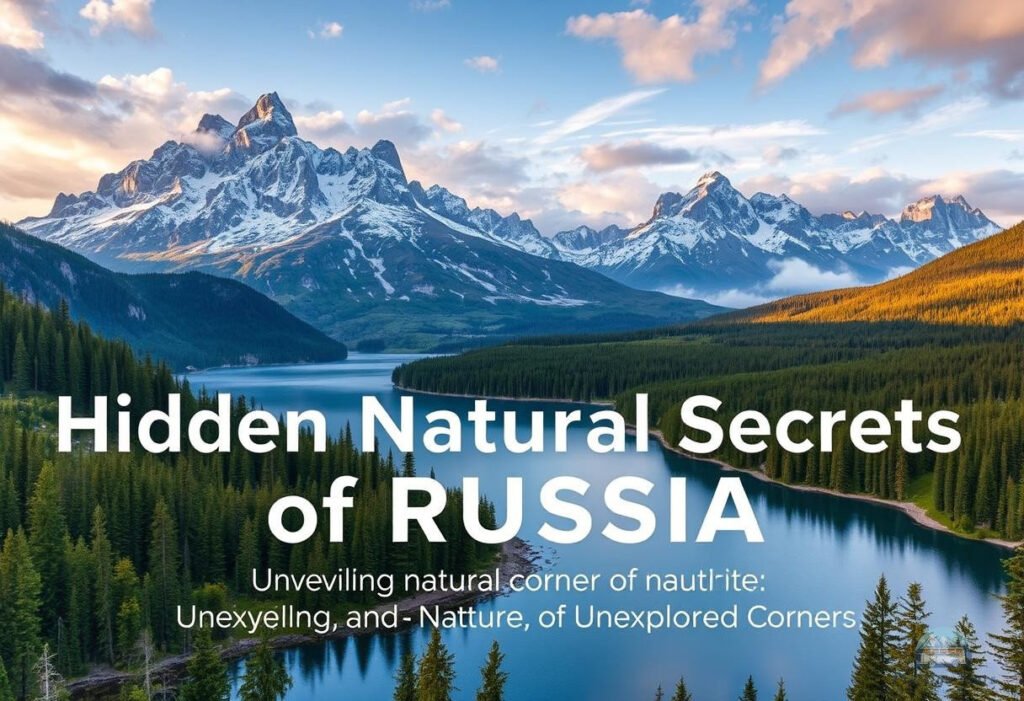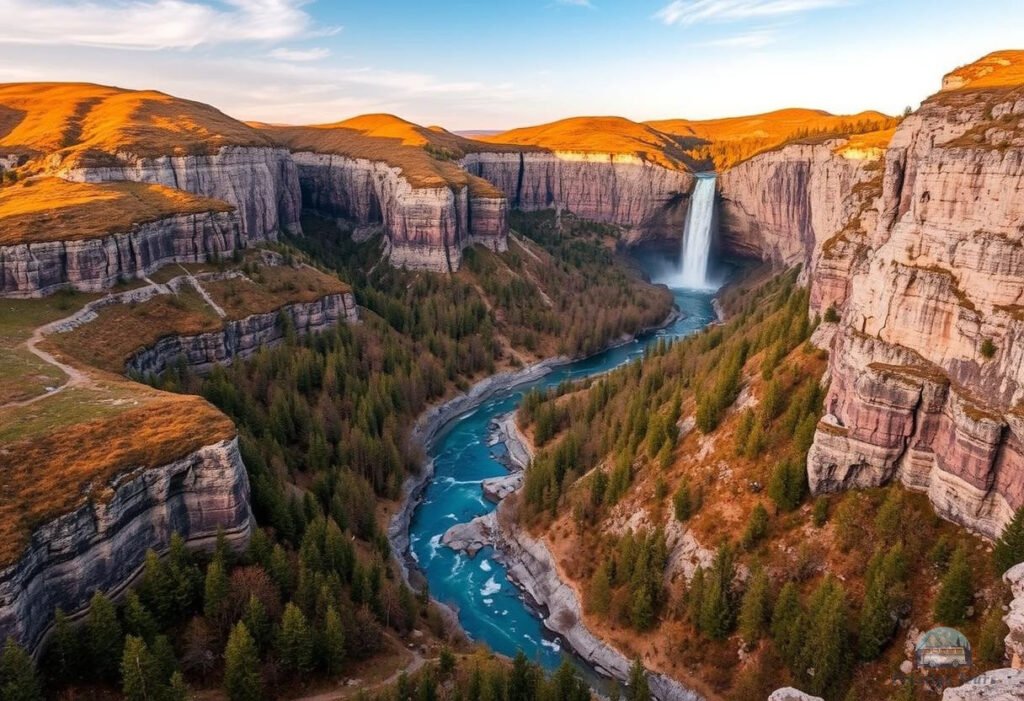Introduction
Mountain peak mythology plays an important role not only in the culture of various peoples, but also in the perception of nature. Mountains, as symbols of greatness and inaccessibility, become objects of worship and inspiration for many. In this article, we explore mysterious mountain peaks and their mythology to understand how they shape our perception of the world around us.
Mysterious mountain peaks
The uniqueness of mountain forms
Each mountain has its own unique shape and character, which makes them geographically and culturally significant. The natural features of peaks like Everest or Kilimanjaro are truly breathtaking, and volcanoes like Fuji become symbols not only of their country but of the entire culture. In mythology, they are often represented as the dwelling places of gods or the spirit of nature, which adds an extra layer of significance to these unique formations.
Symbolism of height and inaccessibility
The height of mountains evokes both admiration and fear in people. This dual effect not only determines interest in mountain adventures, but also inspiration for artists and writers. The mythology of mountain peaks reflects deep human fears and hopes, capturing the desire for knowledge and the simultaneous feeling of one’s imperfection in the face of the forces of nature.
Mythology of mountain peaks
Legends and Traditions

Each culture has its own legends associated with mountain peaks. For example, in Greek mythology, Olympus was the place where the gods lived, and in Indian mythology, the Himalayas are considered sacred. The personification of mountains as gods and spirits fills them with special meaning, which attracts attention and study of myths about them. These myths serve not only to explain natural phenomena, but also to pass on wisdom and traditions from generation to generation.
The Influence of Mythology on Modern Tourism
Mountain peak mythology directly influences modern tourism. Legends about the sacredness of places not only shape tourists’ perceptions, but also attract many travelers. Popular tourist routes, such as the route to Mount Norway or the Annapurna Circuit, offer not only breathtaking views, but also the opportunity to touch the culture and mythology of the region. These places carry myths that tell about the past and at the same time shape the future.
Practical advice for tourists
Preparing for a trip to the mountains
Before you set out on your journey, it is important to be aware of local myths and legends that can enrich your experience. Learning about the history of the mountain will not only make your trip more interesting, but will also increase your respect for local traditions. Also, do not forget about important safety aspects: study the route map, prepare the necessary equipment and take into account the weather conditions.
How to find a balance between adventure and respect for culture
In sacred places, ethical behavior is crucial. Understanding cultural values and respecting local people helps reduce negative impacts on nature and local mythologies. Tourists can help preserve the sacred significance of mountains by following ecotourism principles and respecting the rules of the area.
The mythology of mountain peaks is not only a close connection with nature, but also the cultural heritage of mankind. Every time we go to the mountains, we become part of this unique history. You can learn more about the world of myths and adventures on UFO or other resources dedicated to cultural travel.











